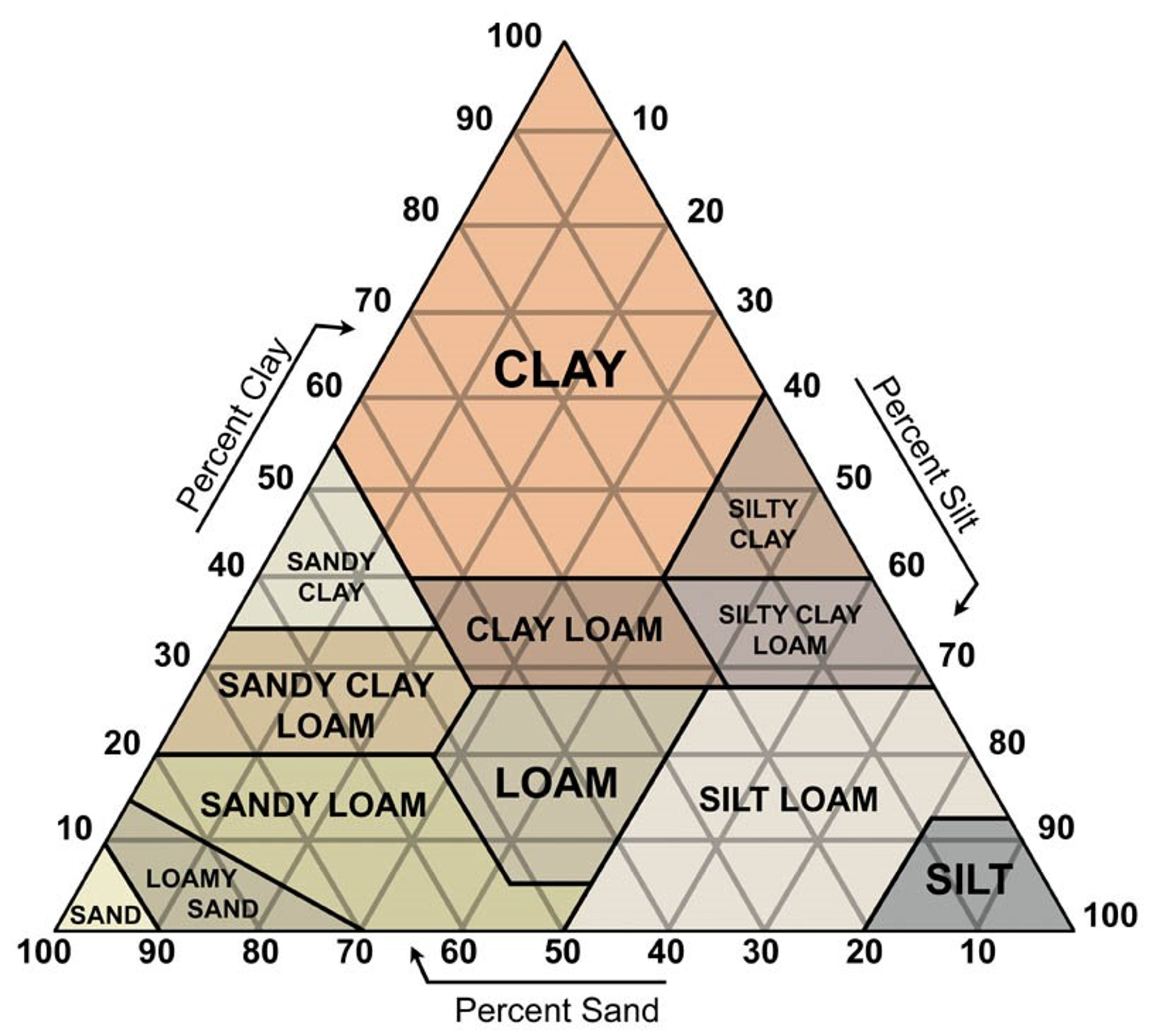9/26/18 Passage #2 of Enriched Lysate from Soil Sample #2 Attempt #2
Objective:
The goal of this procedure is to passage our phage a second time as part of the phage purification process. Last lab we attempted to passage our phage a second time, but due to a mix up we didn’t plate with artho and now have to redo our second passage. So, in this lab, we will use the already created P2 phage and phage buffer lysate to run a plaque assay. By passaging our phage we seek to isolate and purify 1 specific strand of phage. Once we do this (following the process found in the image below), we can move on to experimenting with our specific phage strain.
We are also still seeking to avoid contamination as it continues to be a problem.
We are also seeking to address the following questions every lab:
The overarching question this test seeks to address is: Is the presence of phage determined by species of oak tree from which soil was collected?
In other words, are specific oak tree species more likely to have Arthrobacter bacteria phages in the soil surrounding them?
The question specific to my lab table is: Is the a difference in the presence of phage between live oaks and red oaks on Baylor’s campus?
As a group we hope to expand our question to include more species as we gather data so that we can better address our overarching question and we will look at our metadata to examine weather or not there are other factors that may determine phage presence.

Procedures and Protocols:
Materials for Aseptic Zone:
- CiDecon
- 70% Ethanol
- Ethanol Burner
Materials for Plaque Assay:
- .5 ml Arthrobacter
- incubator
- Pipette
- Test tube stand
- 50 ml tubes
- Culture tube
- LB Broth
- 2X TA
- 1M Calcium Chloride
- Agar plate
- Serological pipette
Materials for Phage Picking:
- Agar plates with plaques of interest
- Micropipette tip
- Phage buffer
- Microcentrifuge tubes (incorrectly referred to as pipette caps in previous entries)
In order to complete the procedure an aseptic zone was created.
- CiDecon was applied to the lab table with a squeeze bottle and wiped away with a paper towel
- 70% Ethanol was also applied with a squeeze bottle, spread with a paper towel, and allow to evaporate
- An ethanol burner was light in order to use the rising heat from the flame to form the aseptic zone
Then a plaque assay on solution in the tube labeled “P2” was preformed
- Four agar plates were labeled. An agar plate was labeled with initials, date, and description for each group member, and one agar plate was labeled with data and “TA control”
- The remaining P2 lysate from last procedure (passage #2 attempt #1), stored in a microcentrifuge tube, was gathered (like tube in picture below)

- 10 µL of the remaining P2 lysate was aseptically transferred into a culture tube containing .5 ml of Arthrobacter using a Serological pipette
- The culture tube was capped and set aside for 15 minutes. This process was repeated twice more (once for each group member).

While the lysate and bacteria are allowed to sit in the culture tube the agar was prepared.
- The agar was prepared according to the following recipe (makes four plates):

- Under aseptic conditions, 8.4 ml of LB broth was transferred into a 50 ml tube.
- Under aseptic conditions, 90 µL of 1 M CaCl2 was transferred into the same 50 ml tube.
- Under aseptic conditions, 10.o ml of 2X TA was transferred into the same 50 ml tube
- The mixture was pipetted several times to mix it
- 4.5 ml of the contents in the 50 ml tube was transferred to the plate labeled “TA control”
- The plate was swirled and set aside
- 4.5 ml of the contents in the 50 ml tube was transferred into the culture tube containing lysate and bacteria
- The mixture was pipetted several times to mix it
- Then the mixture was poured from the culture tube into the agar plate labeled with initials, date, and description
- The plate was swirled and then set aside for 10 minutes to allow agar to solidify. This procedure was repeated twice more, once for each group member.
- Once the labeled plaque assay had solidified, the plate was inverted and placed in the incubator
- Plates were left to incubate until nest class

Results:
The results of the plaque assay on the P2 lysate will be recorder here when available. An image of Monday’s plate is seen above. While there are no identifiable plaques, it is reasonable to assume, that there will be plaques on this assay when results are visible because there have been plaques in the two previous assays. (excluding Monday’s lab). It is also reasonable to assume that these plaques will be uniform in nature as the purpose of passaging plaques is to isolate one specific stain of phage.
Analysis:
This procedure had to be done because there was a mistake in lab protocol. This offers a valuable lesson in being careful and double checking step of a process before proceeding. In addition, the actual results of this lab will offer more information about the type of phage that is being isolated. Differences in how the plaques appear can suggest a lytic or lysogenic phage, and this is important to learn before classifying the phage.
Future:
Assuming that nothing else goes wrong with this test, we will preform phage passage #3 on Monday or on open lab Friday. If it appears as though the test was conducted correctly and there are no plaques, then I will spot several other promising plaques from my original plate and passage any if they appeal to be phage.






























